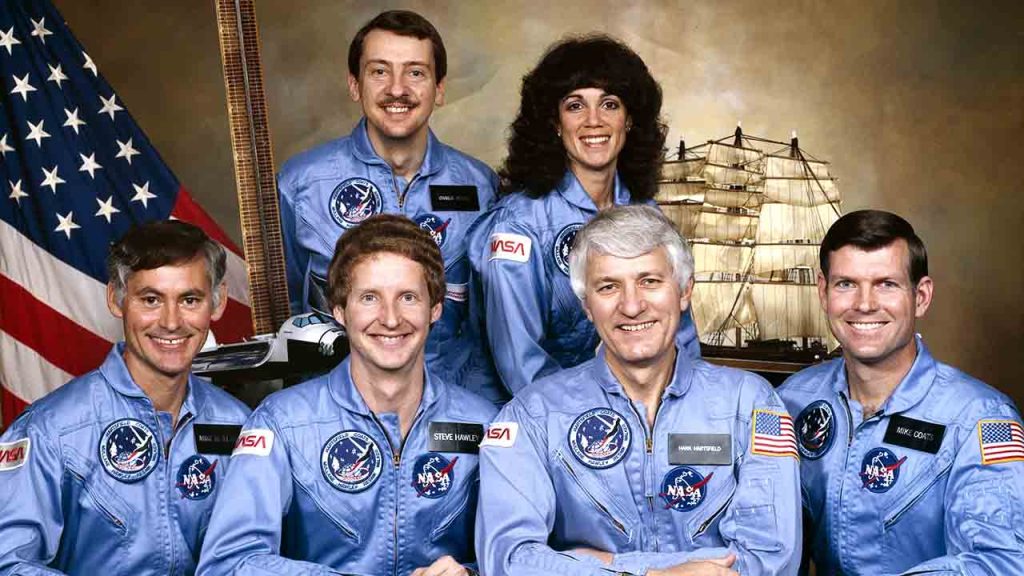The Space Shuttle Discovery took off on its maiden voyage on August 30, 1984, following three previous scrubbed launch attempts due to technical issues. The mission, STS-41-D, involved a crew of six people, with Payload Specialist Charles D. Walker being the first commercially sponsored payload specialist to ride on the Space Shuttle. Despite a rocky start, the six-day mission went relatively smoothly, with three satellites deployed and successful experiments conducted. Discovery landed safely at Edwards Air Force Base in California on September 5 after making 97 revolutions around the planet and traveling 2.5 million miles.
Tragically, one of the crew members, Judith Resnik, was later killed in the Space Shuttle Challenger disaster on January 28, 1986. Throughout its 27 years in service, Discovery flew a total of 39 flights, including notable missions such as the deployment of the Hubble Space Telescope and the launch of the Ulysses spacecraft to explore the sun. Following its final flight, STS-133, in February 2011, Discovery was decommissioned along with the other remaining space shuttles at the conclusion of the Space Shuttle Program. The final mission, STS-135, took place in July 2011, with Atlantis returning to Earth.
Discovery was the third of the original five Space Shuttle orbiters and the oldest remaining shuttle at the time of its decommission. NASA’s Space Shuttle program included six reusable orbiters, with Enterprise used for testing purposes, Columbia and Challenger destroyed in accidents, and Discovery, Atlantis, and Endeavour completing various missions. Following its decommission, NASA donated Discovery to the National Air and Space Museum, where it is now on display at the Steven F. Udvar-Hazy Center in Chantilly, Virginia.
On August 29, 2005, Hurricane Katrina slammed into the Gulf Coast, causing massive damage. This catastrophic event left a lasting impact on the region and the nation, highlighting the importance of disaster preparedness and response. The historic launch of Discovery on its maiden voyage in 1984 represented a significant milestone in space exploration, showcasing the resilience and innovation of NASA’s Space Shuttle program despite technical challenges. The crew members of STS-41-D made history with their successful mission, contributing to our understanding of space and technology.
The legacy of Discovery lives on through its contributions to space exploration, including the deployment of important scientific instruments like the Hubble Space Telescope. The astronauts who flew on Discovery played a crucial role in advancing human knowledge and inspiring future generations to pursue careers in science and technology. The Space Shuttle program, although discontinued, remains a testament to human ingenuity and exploration, paving the way for future space missions and discoveries. As we reflect on these historic events, we honor the bravery and dedication of the men and women who made space travel possible and continue to push the boundaries of human achievement.


